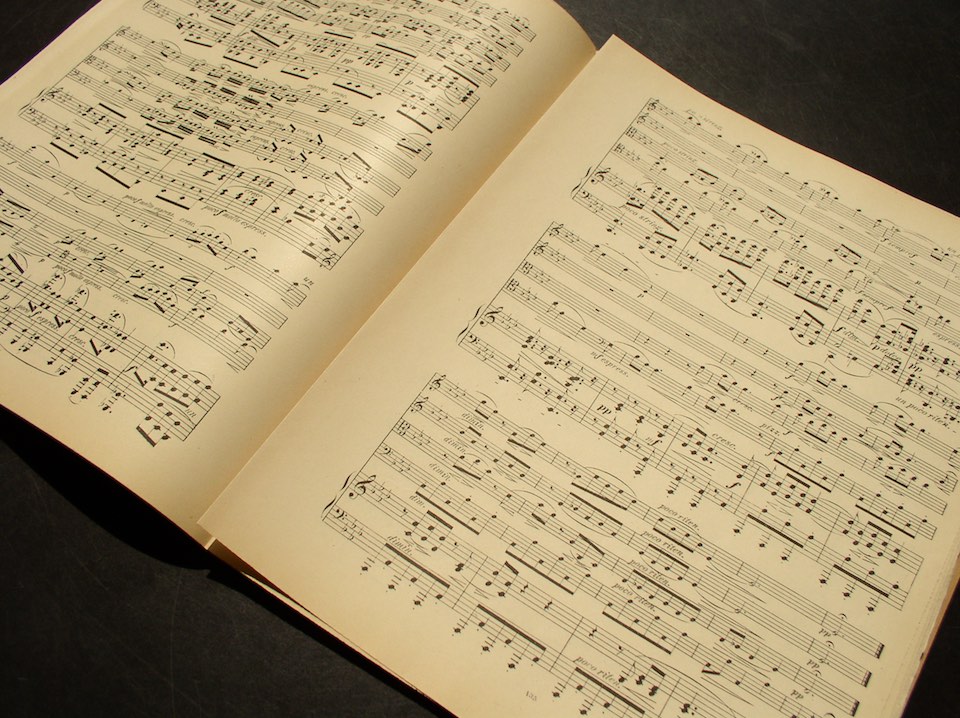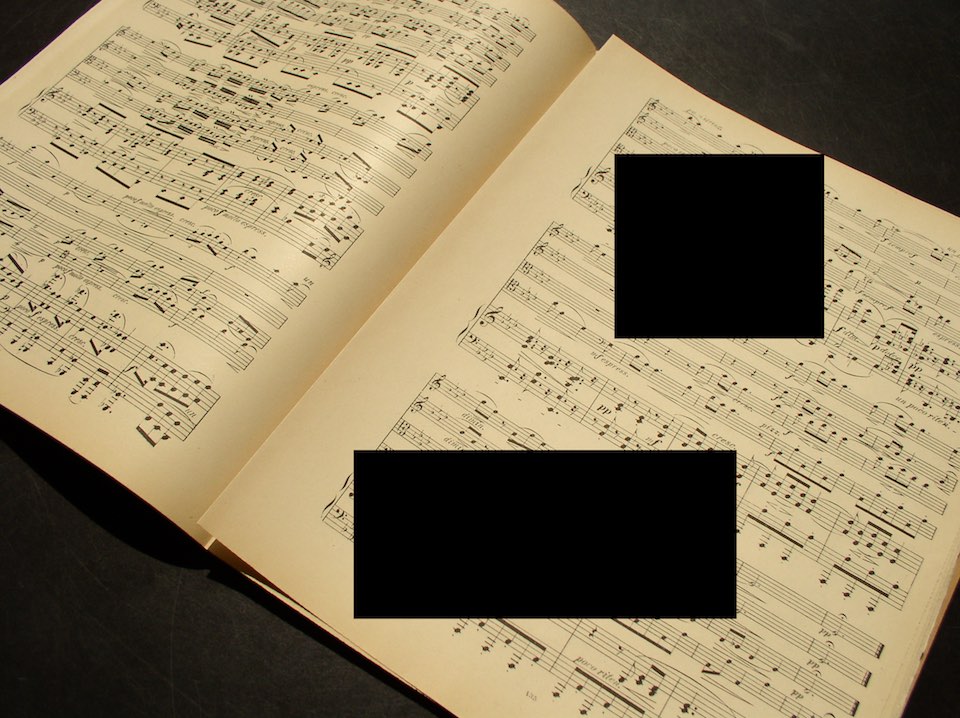Redaction
Redactions are black rectangles that are overlaid onto source images in order to obscure parts of them. This can be used for copyright protection, privacy protection, or censorship, without altering any source images. Different redactions can be applied to the same image dynamically for different audiences based on client IP address, cookies, and more.
Redactions are defined with x, y, width, and height properties corresponding to source image coordinates. Redacted regions will be blacked out at every intersecting crop region and scale.


The redaction feature works via the delegate script. First, the delegate script must be enabled, and then, redactions.enabled must be set to true in the configuration file. The delegate script must implement a method called Cantaloupe::redactions that returns an array of source image redaction coordinates in response to a particular request.
Example
module Cantaloupe
##
# See the argument and return value documentation in delegates.rb.sample.
#
def self.redactions(identifier, request_headers, client_ip, cookies)
redactions = []
# Add two redactions to an image with an identifier of "sample" for all
# clients except localhost.
if identifier == 'sample'
unless %w(127.0.0.1 ::1/128).include?(client_ip)
redactions << {
'x' => 50,
'y' => 65,
'width' => 120,
'height' => 105
}
redactions << {
'x' => 673,
'y' => 812,
'width' => 1320,
'height' => 620
}
end
end
redactions
end
endProcessor Support
Not all processors support redaction; see the table of processor-supported features.